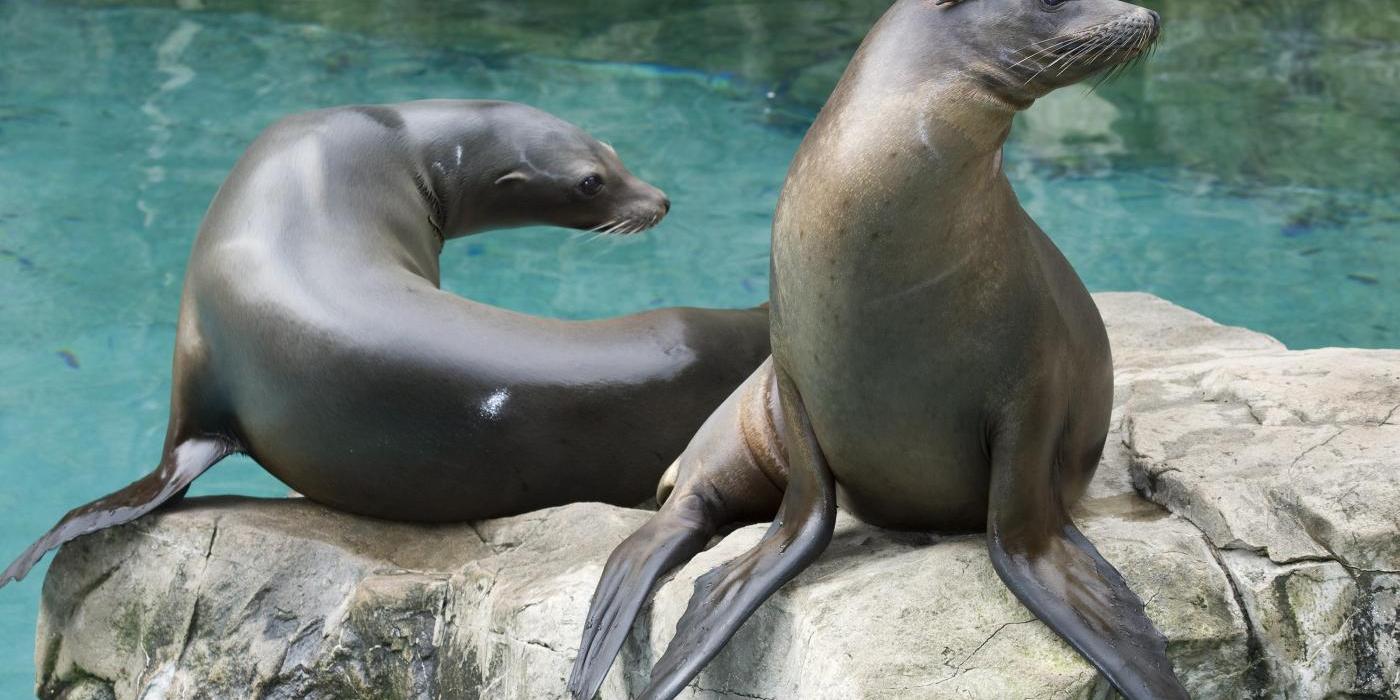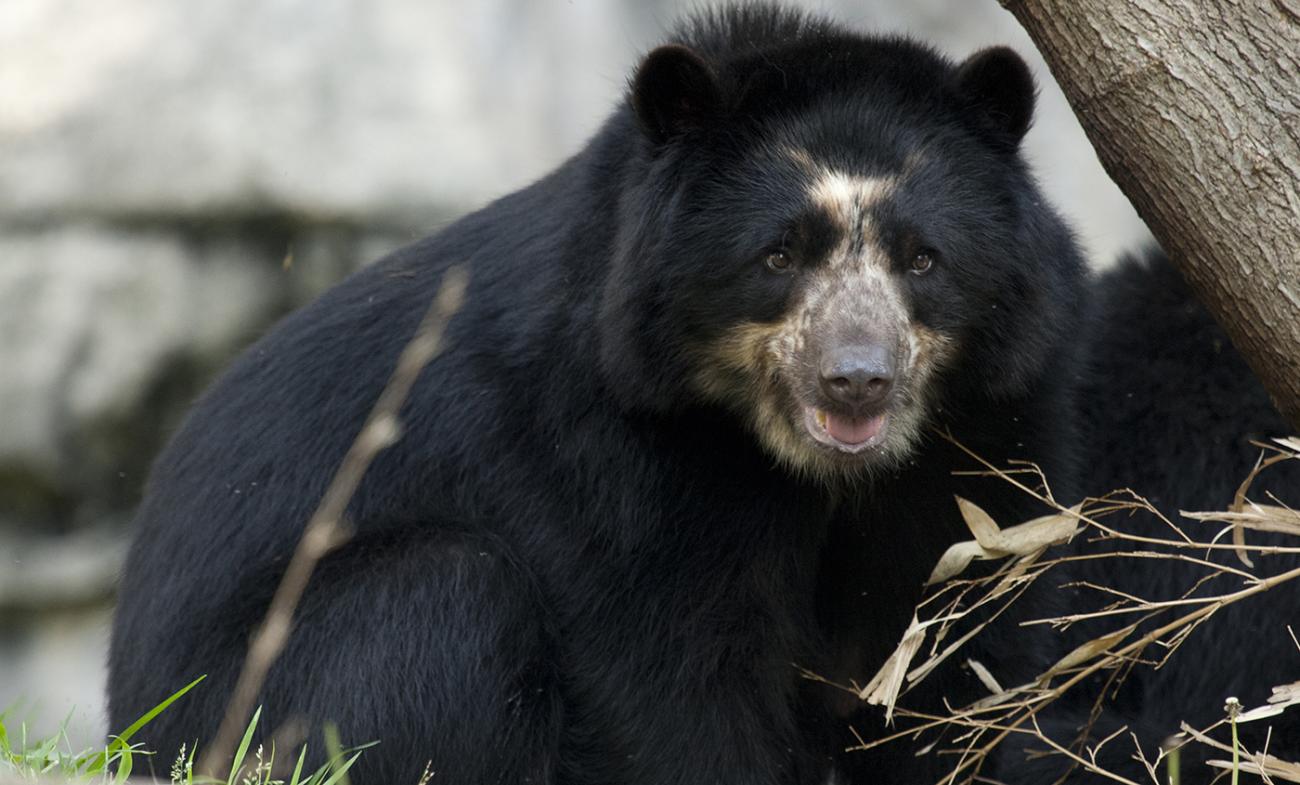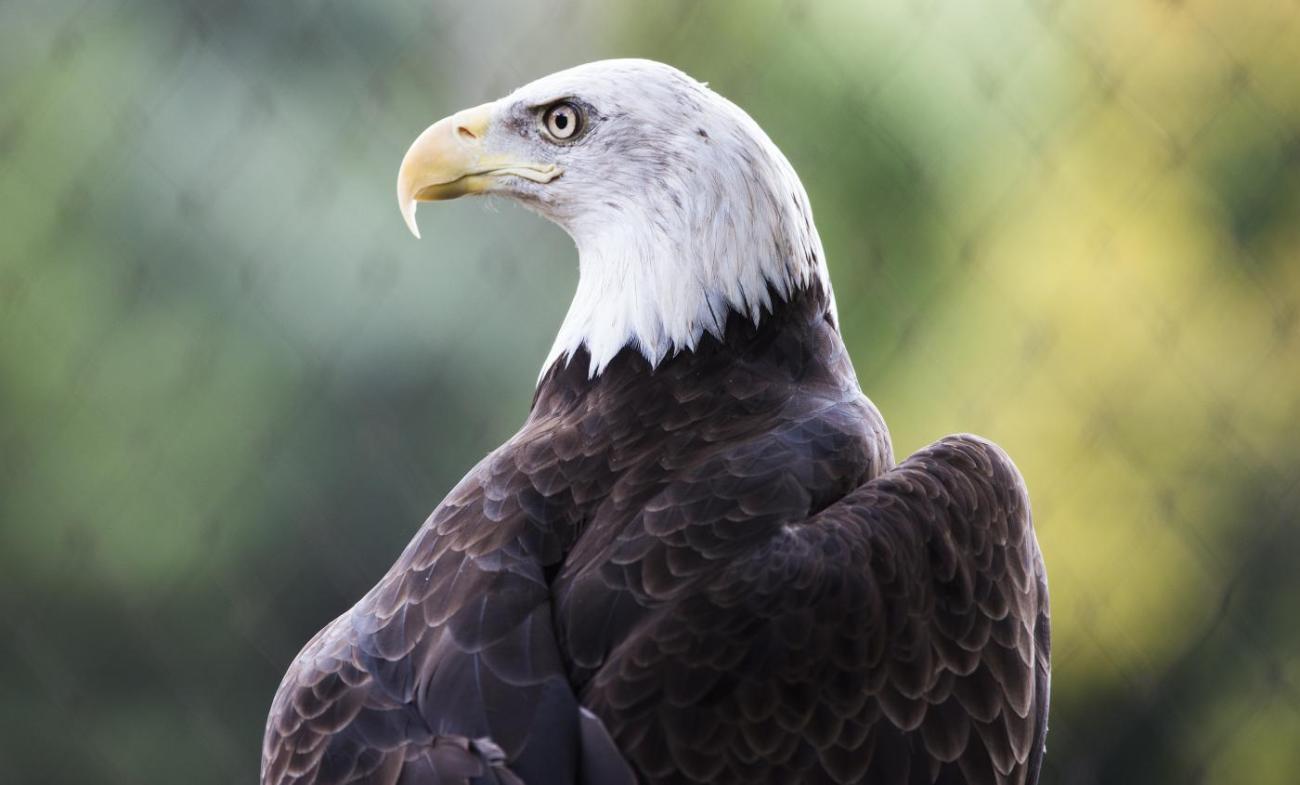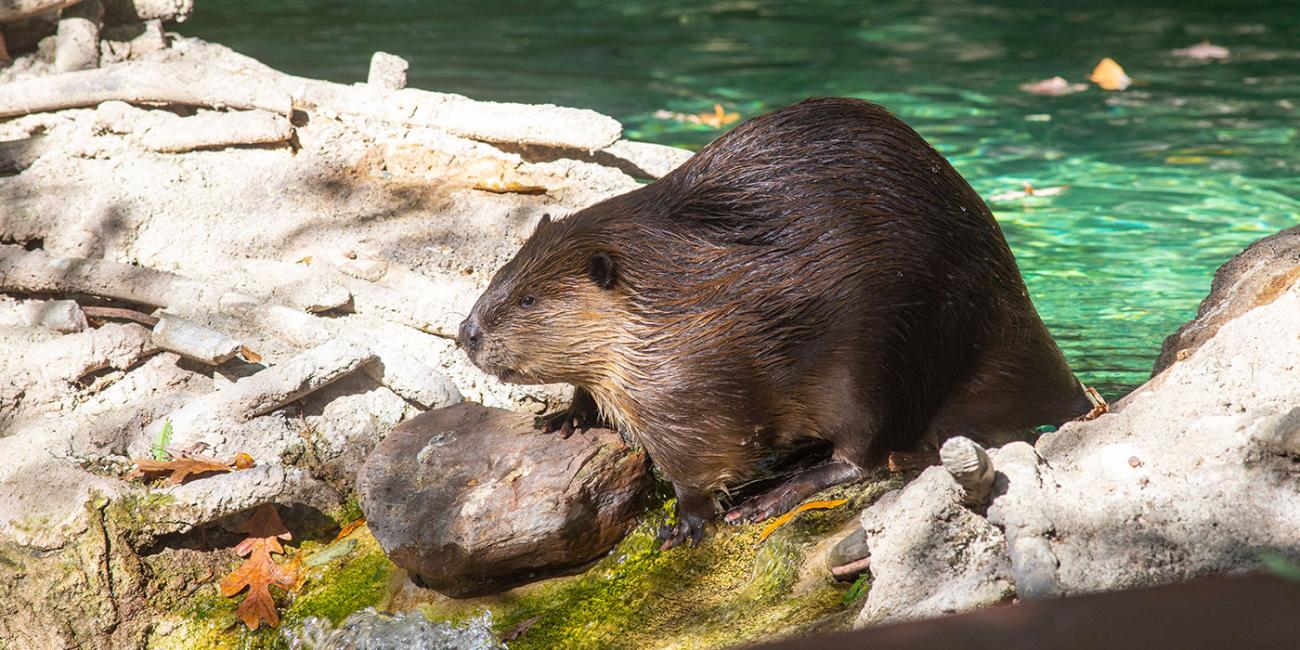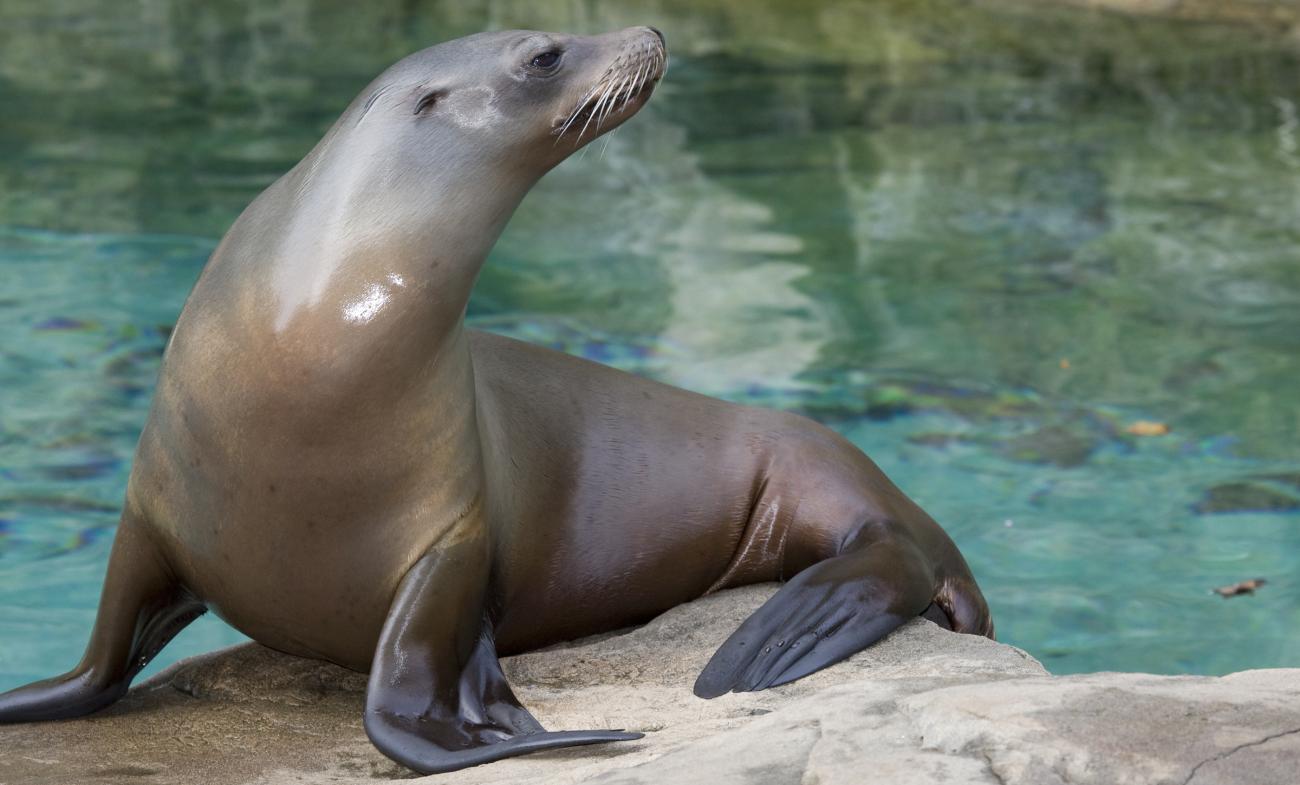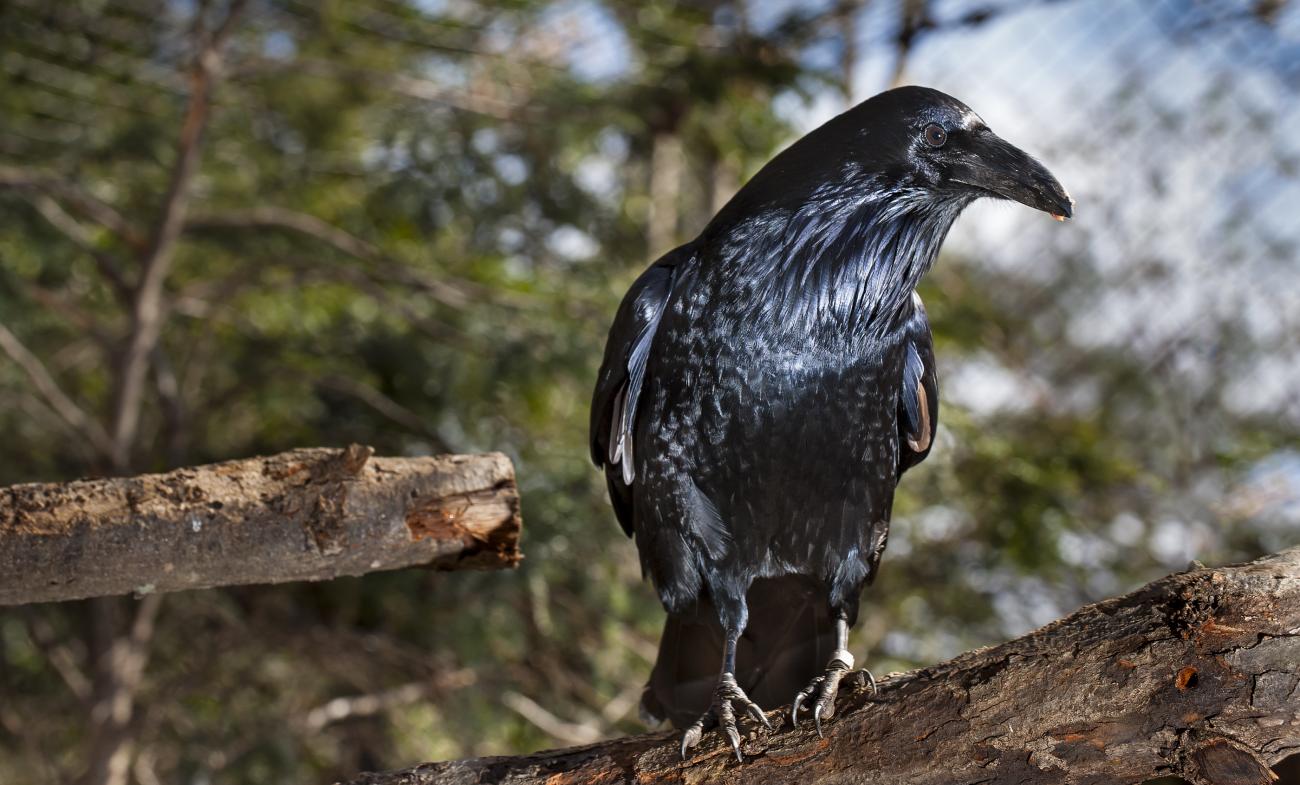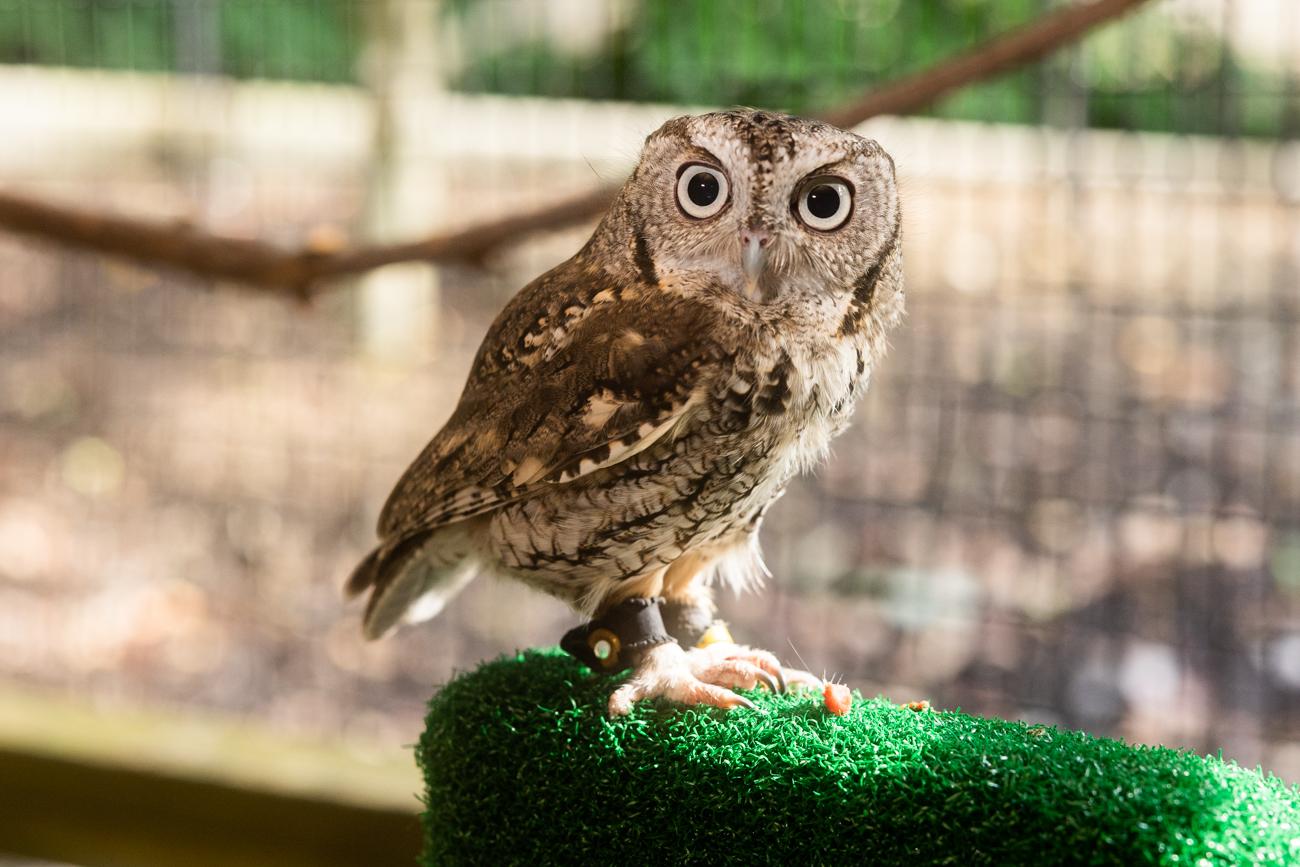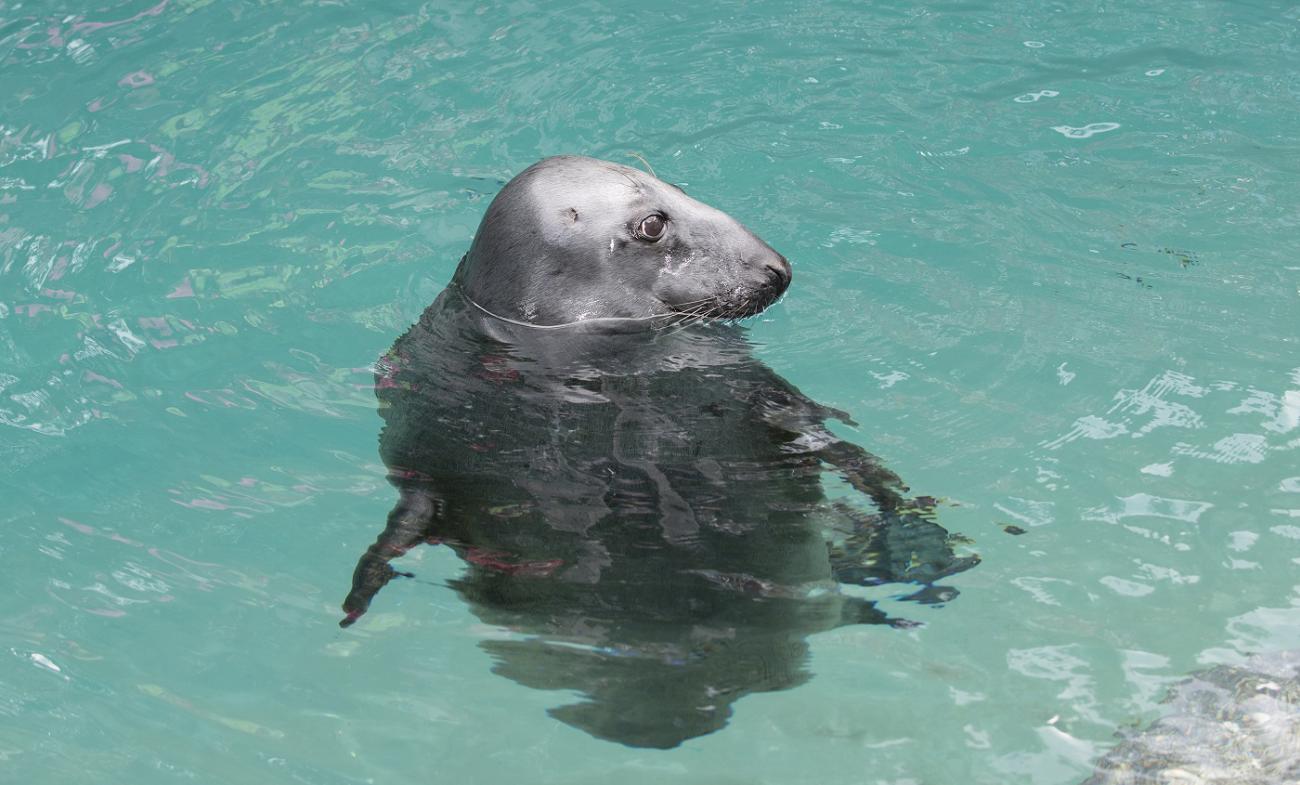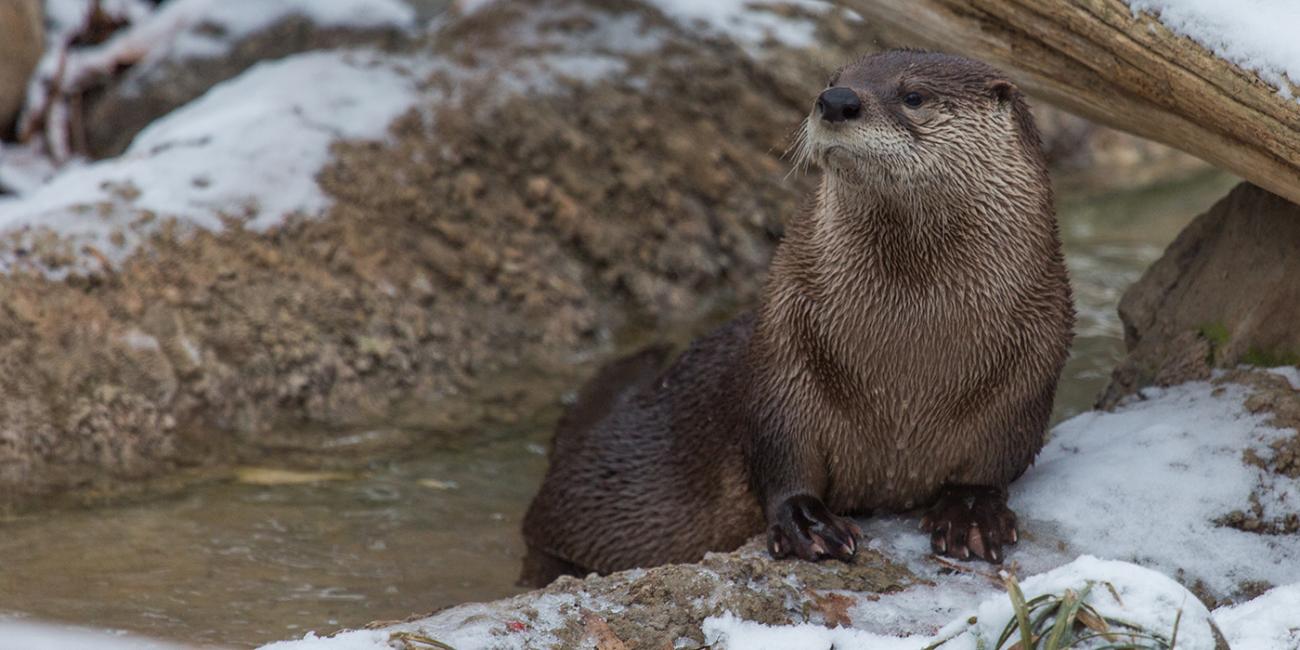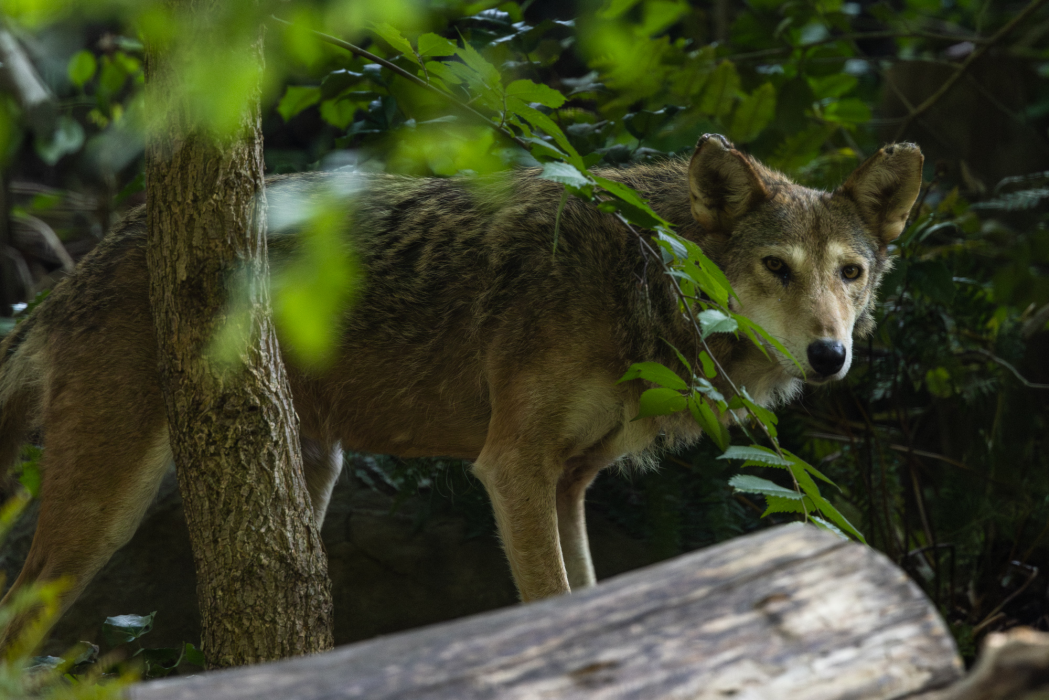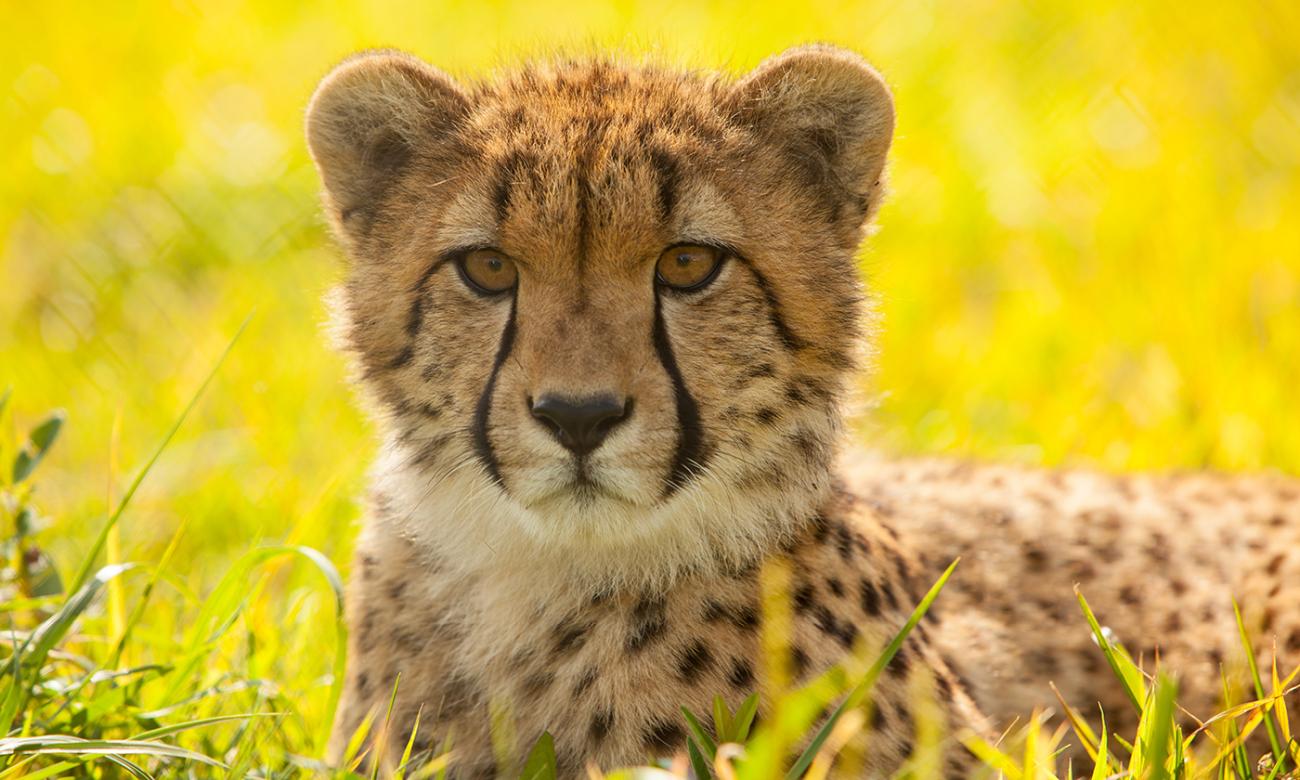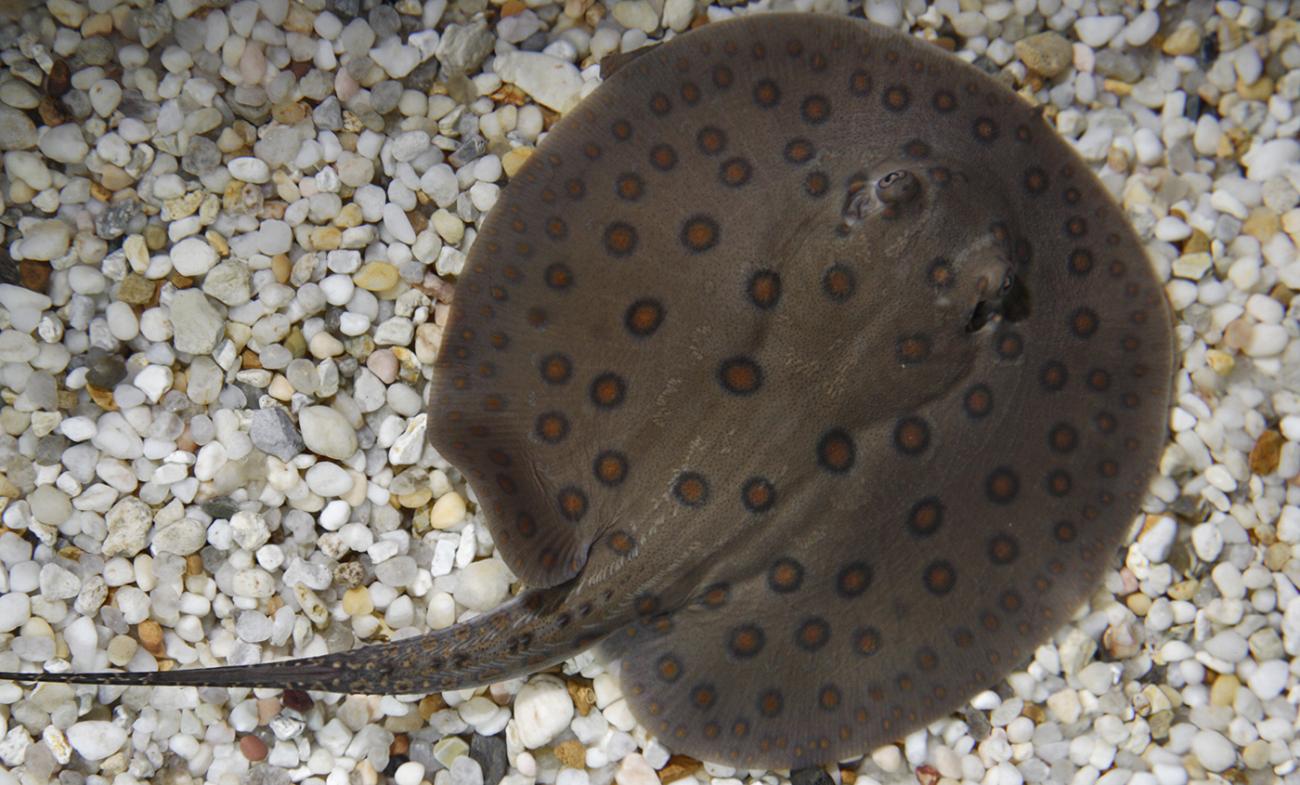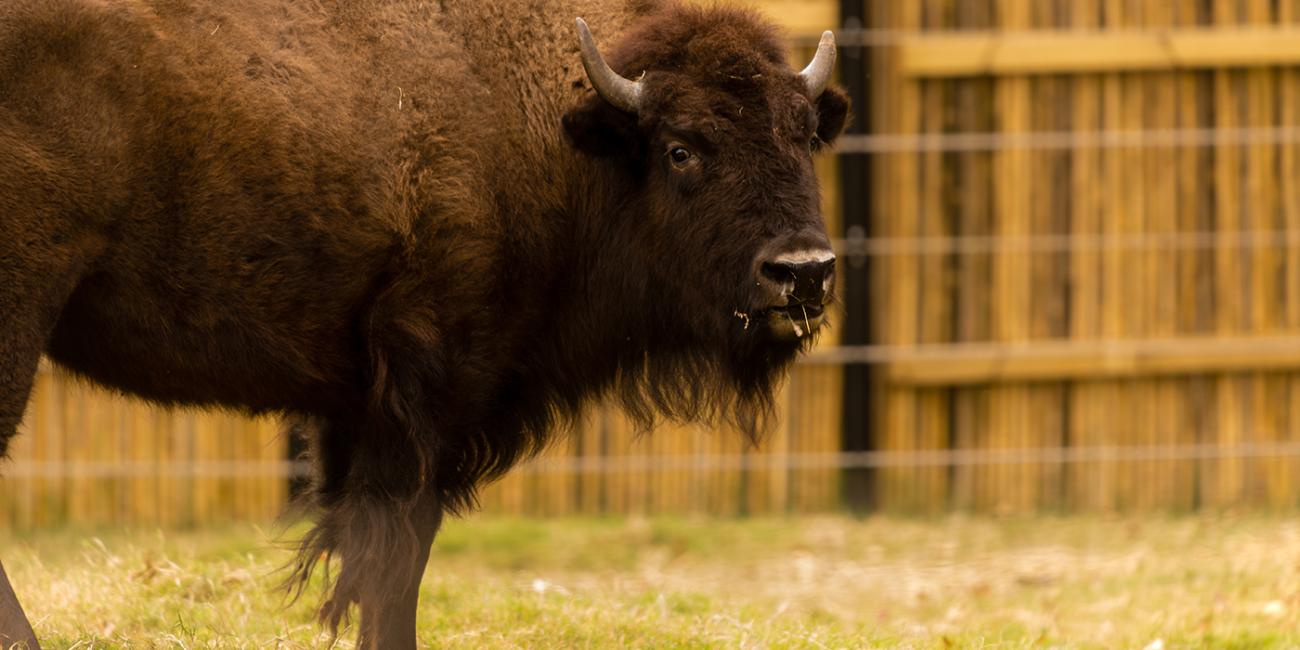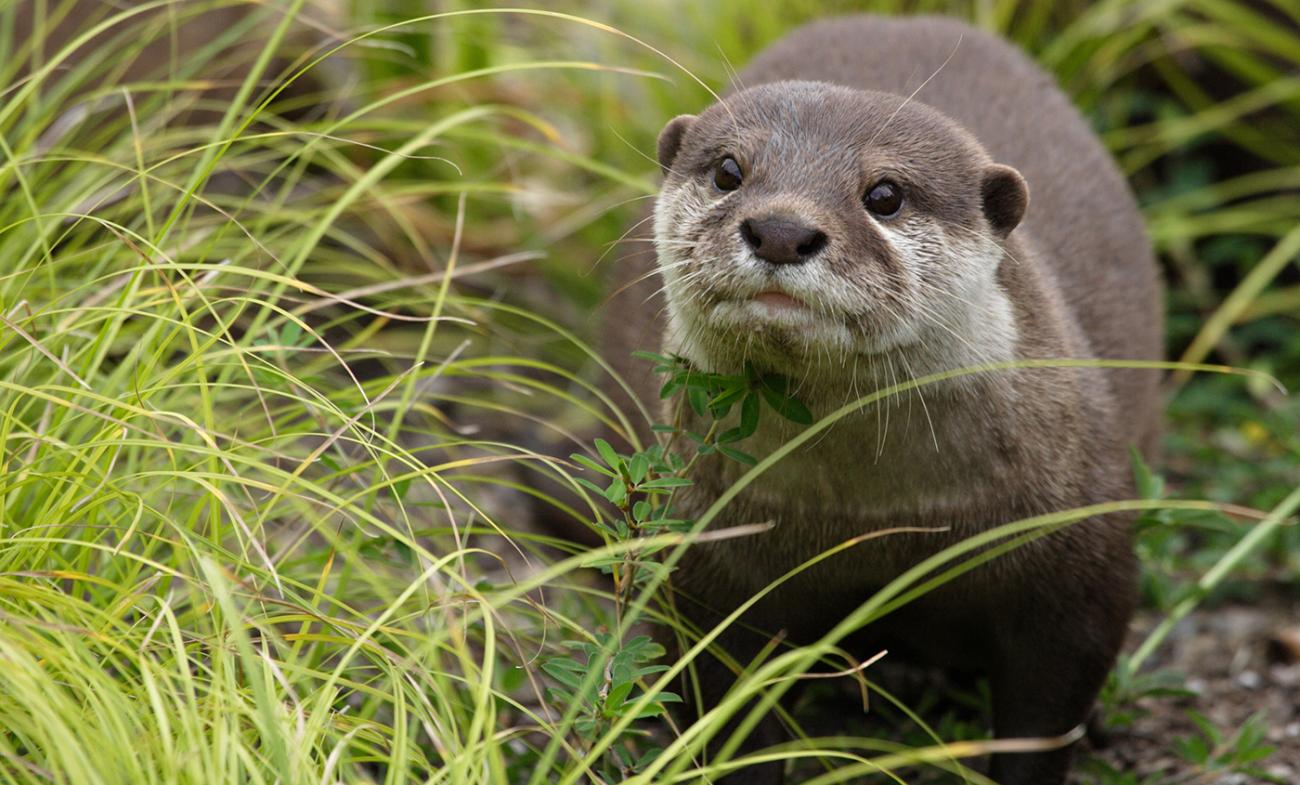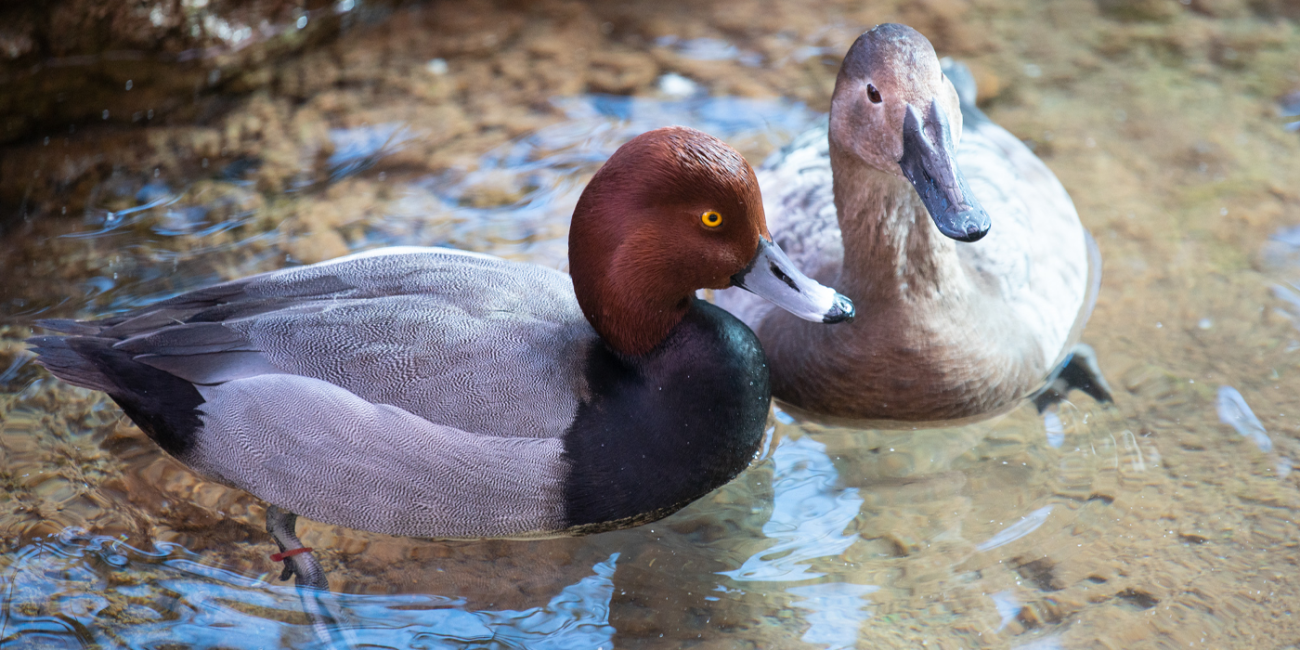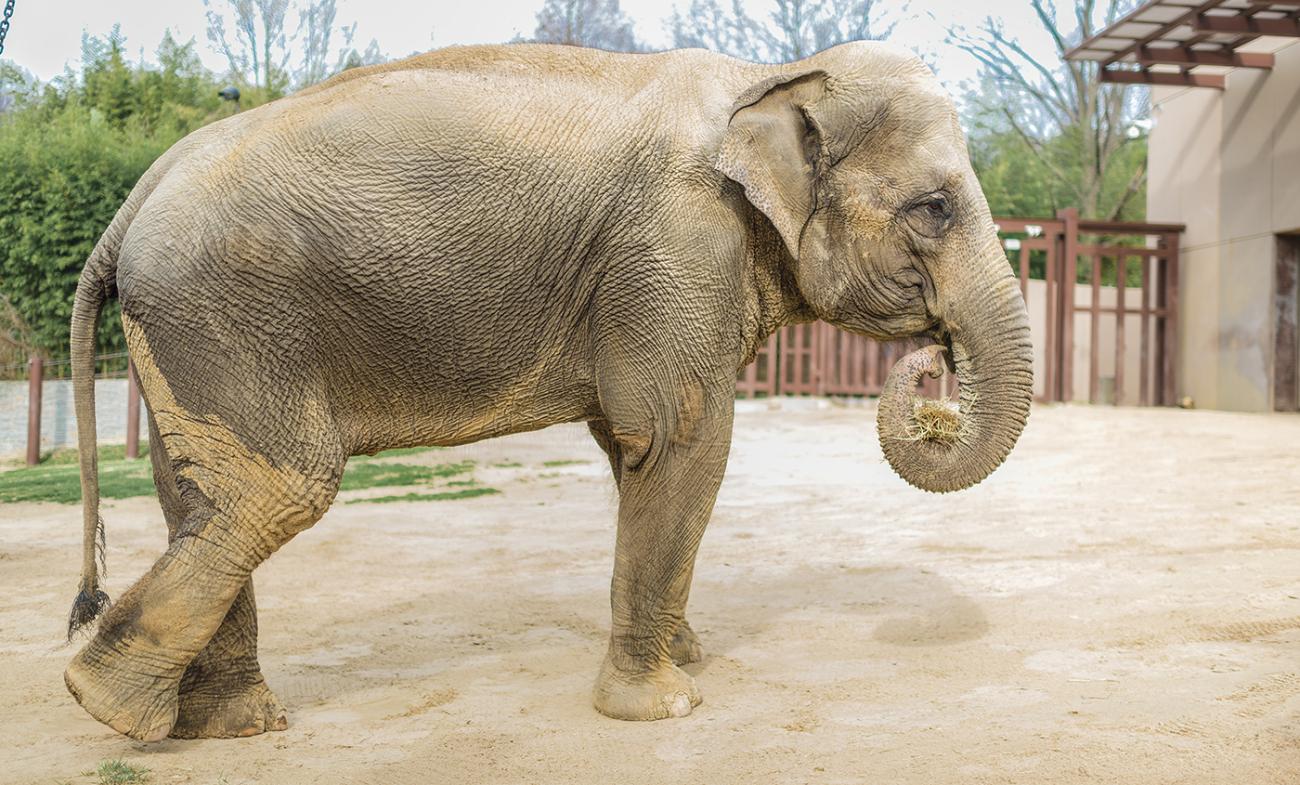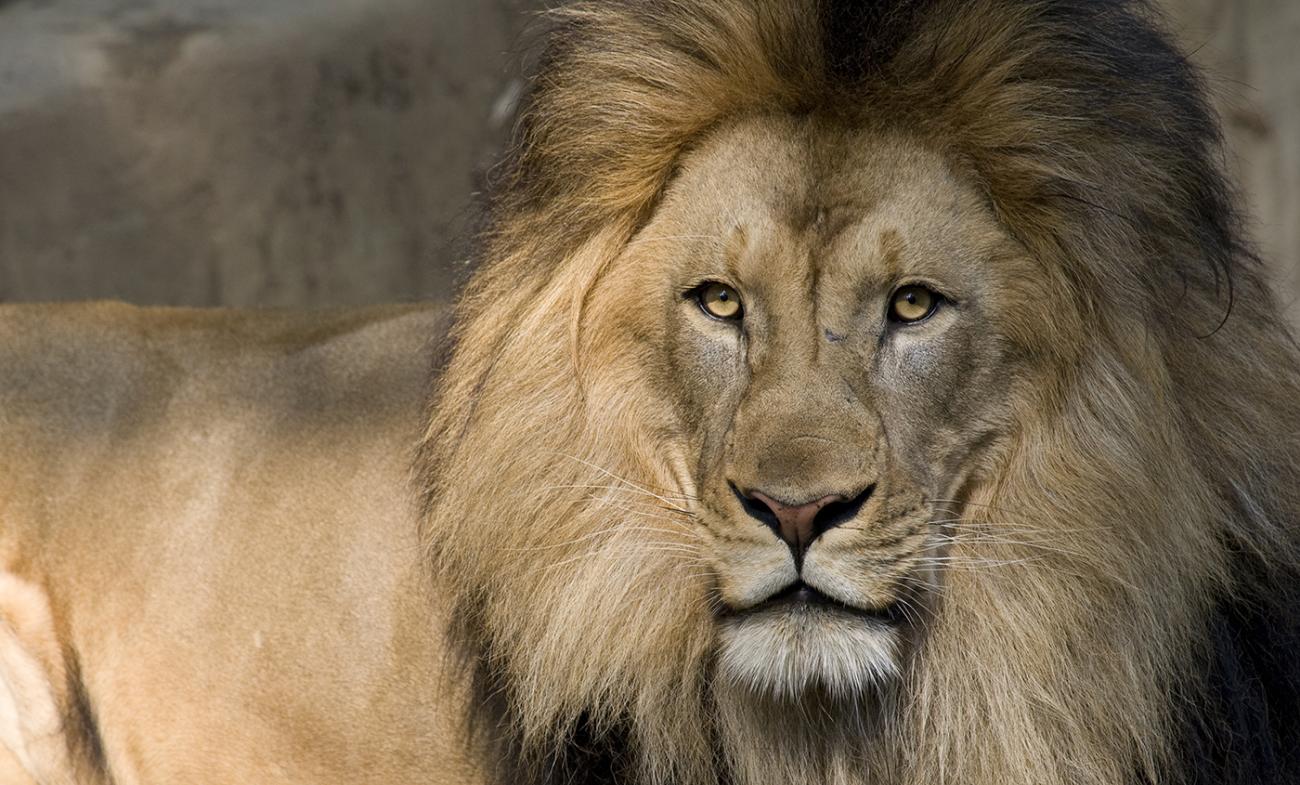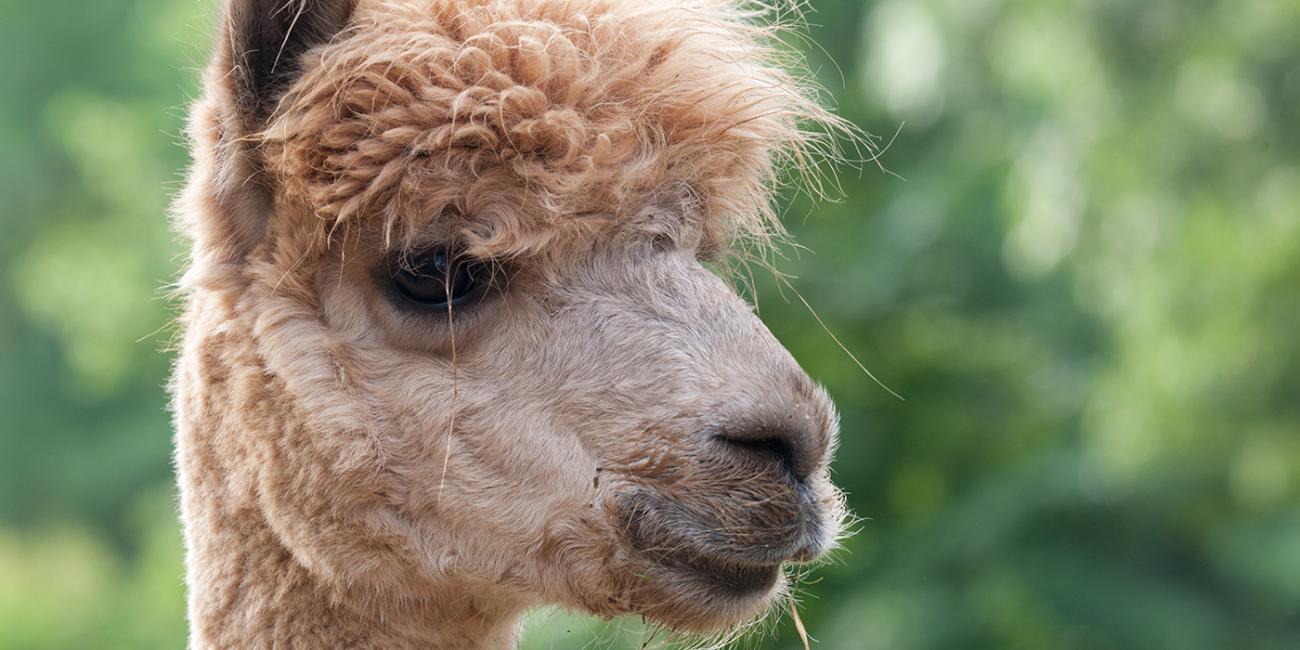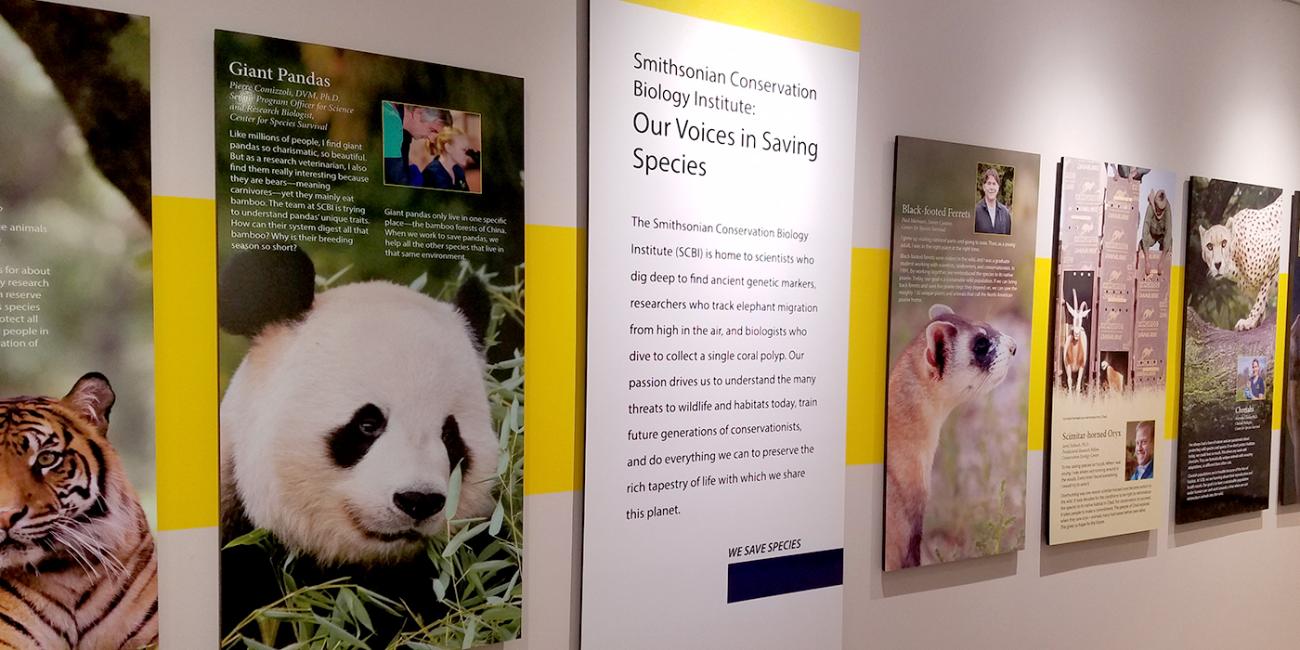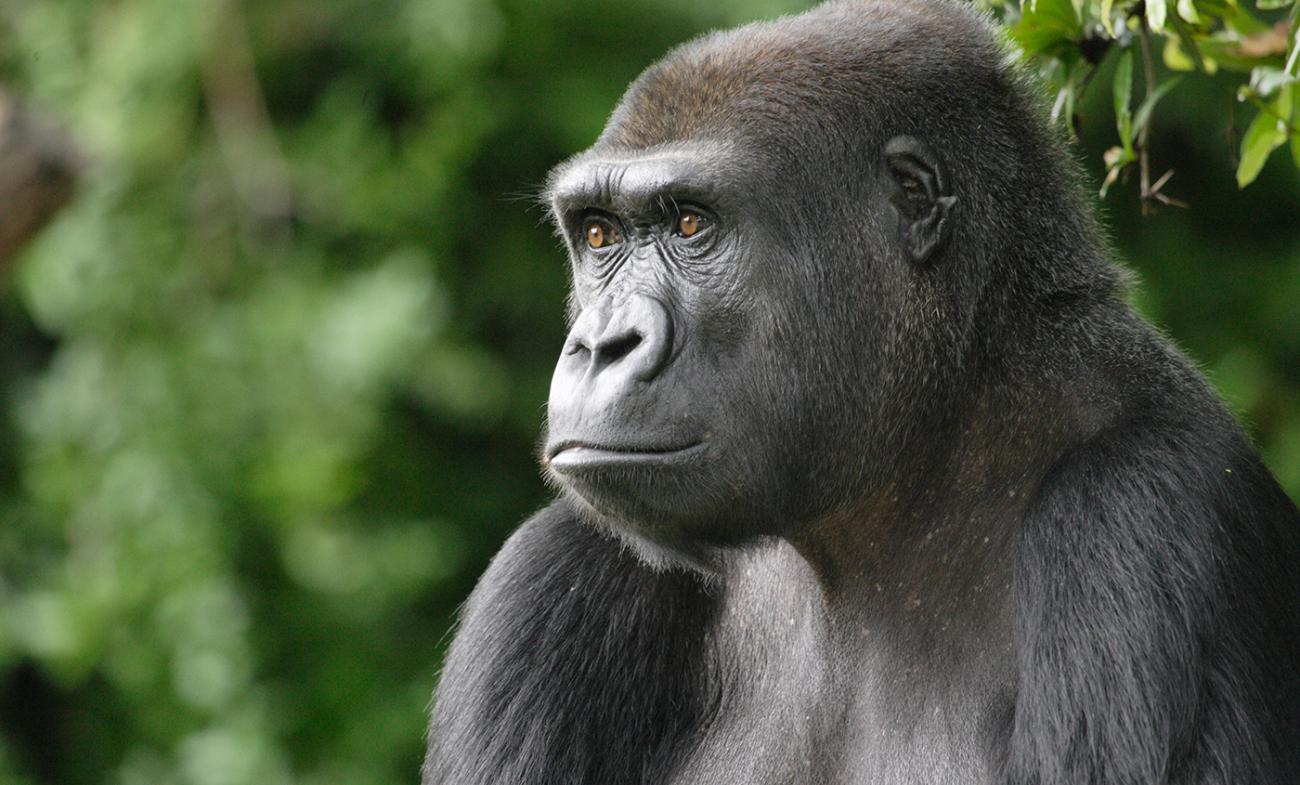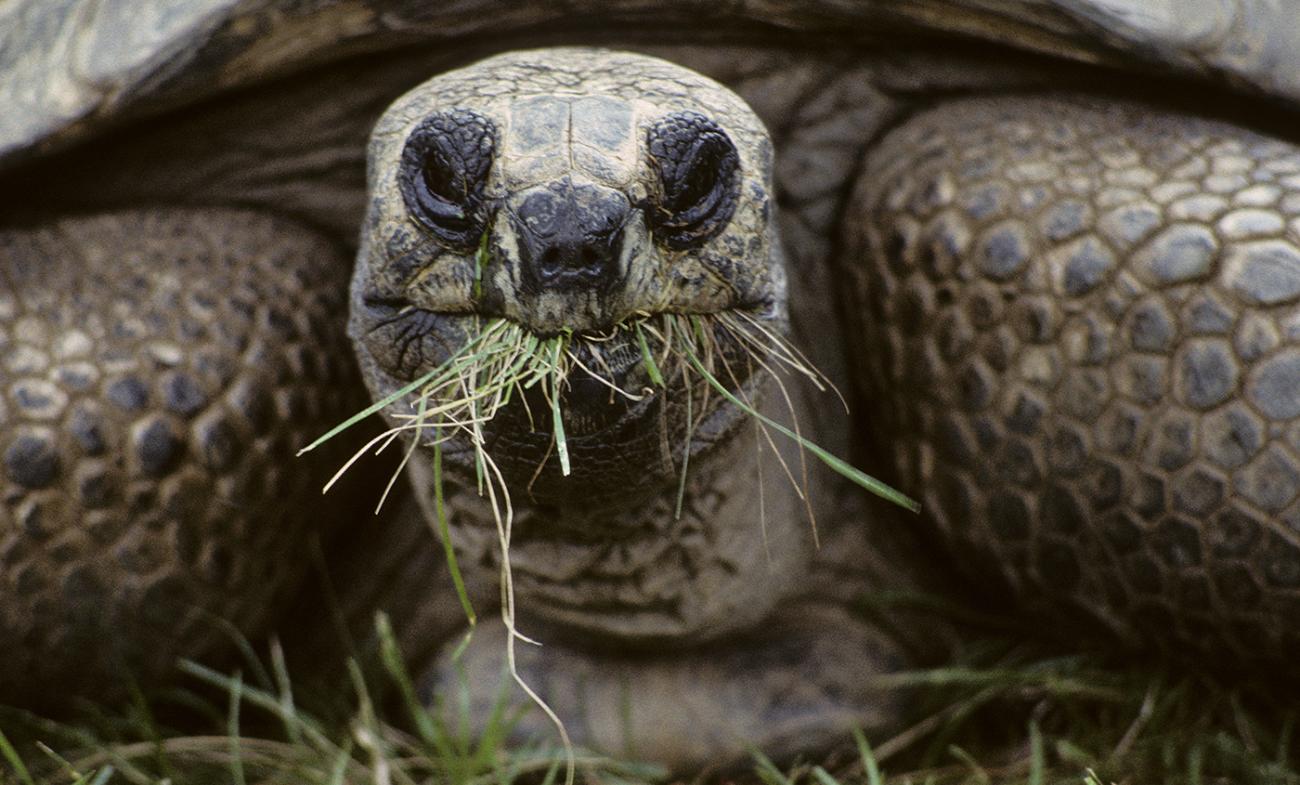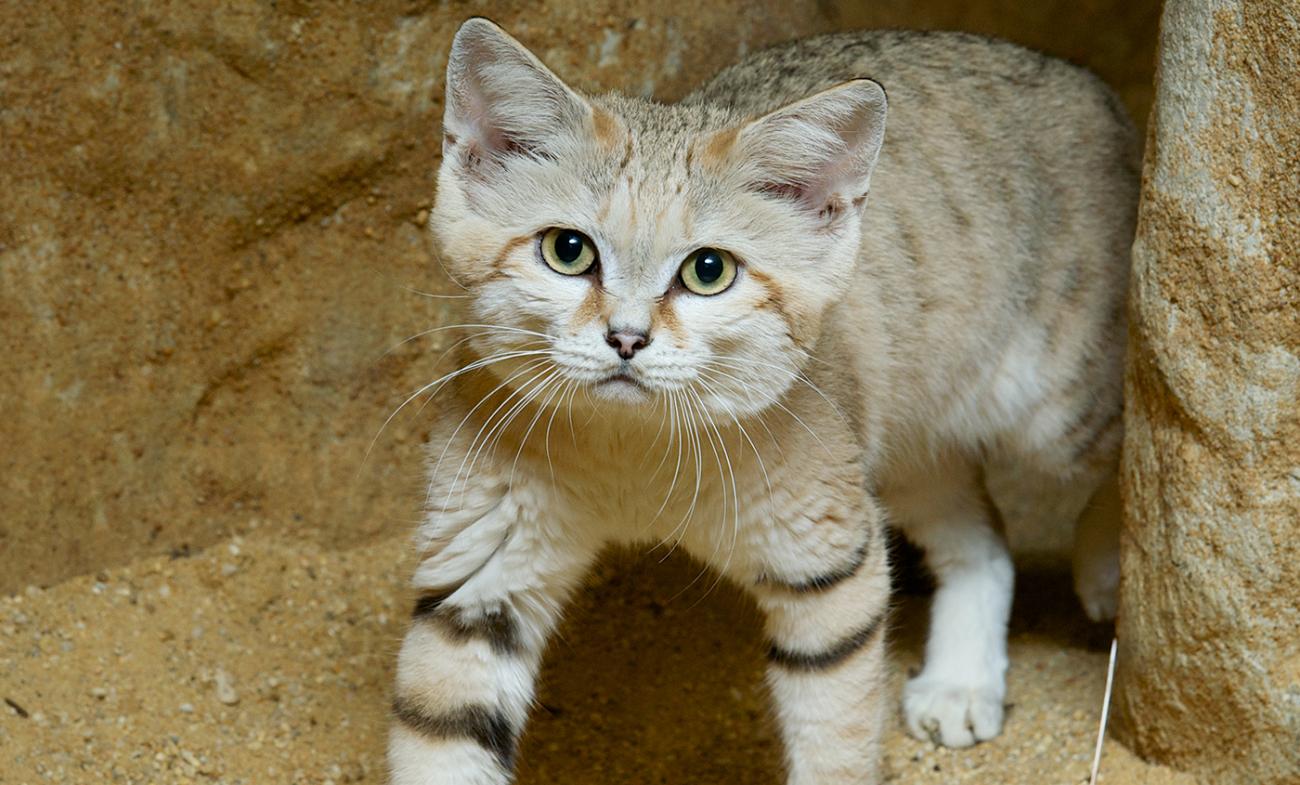Animals in this Exhibit
American Trail is the place where Zoo visitors can get their feet wet while learning about gray seals, harbor seals, bald eagles, gray wolves, brown pelicans and beavers. The exhibit highlights animals native to the U.S. and Canada, many of which have come back from the brink of extinction and are thriving thanks to conservation efforts. American Trail also features river otters, ravens and an incredible underwater view of the Zoo’s California sea lions.
American Trail keepers provide the animals with enrichment — enclosures, socialization, objects, sounds, smells and other stimuli — to enhance their well-being and give them an outlet to demonstrate their species-typical behaviors. An exhibit’s design is carefully and deliberately planned to provide physically and mentally stimulating toys, activities and environments for the Zoo’s animals. Each enrichment is tailored to give an animal the opportunity to use its natural behaviors in novel and exciting ways.
Seals and seal lions live and frolic in two enormous state-of-the-art pools (the sea lions' pool holds 300,000 gallons, and the seals' pool holds 125,000 gallons of water). The pools mimic the natural coastal waters where seals and sea lions live in the wild. A wave machine keeps the water in constant motion, like the ocean, and provides sensory stimulation for the animals. Watch the sea lions propel themselves through the water from a submerged viewing window, a split-level viewing area, and an above-water viewing area. Husbandry training is an important part of sea lion and seal care at the Zoo. Keepers have trained these animals to hold still for eye exams (and to receive eye drops, if needed), dental exams, injections, blood draws, weigh-ins and radiographs. When keepers need to perform an all-over body check, they ask the sea lions to open their mouths and present body parts, such as flippers.
Using non-toxic, water-based paint, American Trail's female raven Iris creates one-of-a-kind works of art! Many of the Zoo's animals paint for enrichment because it stimulates their visual, tactile, and olfactory senses. Apart from the fun of learning something new, it helps to reinforce the trusting relationship between Iris and her keepers. Watch Iris learn how to paint in this video.
Dispersed among boulders, the landscaping for the Zoo’s red wolf, recreates a forest setting typical of North America. Native plants provide Kiawah with enrichment, which encourages her natural behaviors. Trees, grasses, and shrub shave been strategically placed throughout the exhibit. Staggered and stacked logs offer structures that she can climb upon, play on, scent mark, and survey her exhibit just as she would in the wild. The rear of the exhibit is filled with dense vegetation, enabling Kiawah to spend some time away from the crowds.
Beavers fell trees for construction projects like dams and lodges. At the Zoo, keepers provide the beavers with browse (fresh tree trimmings) to eat and arrange. The lodge in the North American beaver exhibit is built of wood that the beavers chewed and placed themselves as well as permanent artificial logs. The Zoo's beavers learn behaviors that help animal care staff evaluate their health, including opening their mouths and showing their paws and bellies. American Trail keepers are training them to voluntarily sit in a crate (for any transporting they may have to do), get on a scale (for weekly weight measurements), and hold still for injections and blood draws.
Restrooms are located at the Elephant Outpost and feature light-hearted information and graphics that highlight fun facts about elephant bodily functions.
Elephant Trails is located at American Trail’s upper entrance. Visitors can observe the Zoo’s Asian elephants at the Outpost and watch training demonstrations that highlight the animals’ natural behaviors during daily animal demonstrations (weather dependent).
The Andean Bear exhibit is located downhill from American Trail.
Amazonia is located downhill from American Trail. Visitors can enter a living tropical rainforest that is home to dozens of mammals, birds, fish, reptiles and amphibians moving freely throughout the exhibit.
In the spirit of American Trail’s conservation messages, the exhibit and facilities were constructed using sustainable practices. The Zoo strives to model conservation best practices in everyday operations — whether recycling technologies, using alternative energy, and employing environmentally sound materials and practices.
Green practices incorporated into American Trail include:
- American Trail reused an existing site (formerly Beaver Valley) with lower-impact construction methods, including retaining walls that reduced the disturbance of soils, vegetation, and tree roots and minimize the impact on upslope trees. Next to the retaining walls are small rain-gardens that help manage storm water drainage
- All of the water in the seal and sea lion exhibit is recycled originating from the District of Columbia’s water system. Tap water, however, does not meet the stringent standards for aquatic animal care. A state-of-the-art filtration system scrubs the water and removes any chemical treatments. The pH balance is adjusted for the animals and filtered a final time using ozone filtration.
- Aquatic life support systems and equipment have been replaced to provide better control of water chemistry and quality.
- Thanks to careful design of the pools and expanded backwash systems, this exhibit uses less than half the amount of water similar pools (designed with standard techniques) would use.
- An ozone disinfectant system will reduce the Zoo’s dependence on chlorine for disinfecting the pool water.
- Low emitting materials, certified wood, materials with recycled content, and regional materials were used to align with Leadership in Energy and Environmental Design (LEED) standards.
- Full cut-off light fixtures limit light pollution.
- Shading of the pools prevents the water from absorbing excessive heat from the sun.
- Heating, ventilation, and cooling of people and animal spaces is controlled individually in each space to reduce energy use.
